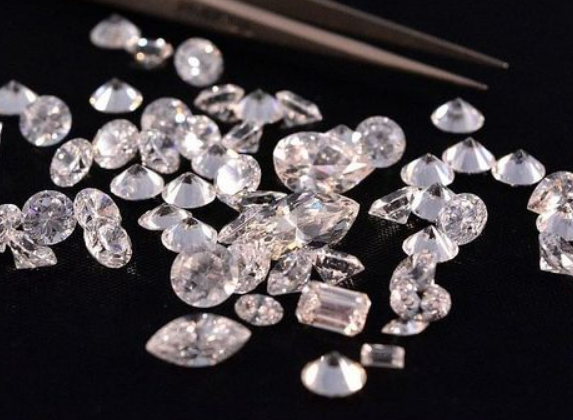Laboratory-grown diamonds, also known as synthetic diamonds or cultured diamonds, have been gaining increasing attention in recent years due to their unique properties and wide range of applications. In this article, we will provide an overview of the methods used to produce laboratory-grown diamonds and explore their various applications.
Methods of producing laboratory-grown diamonds can be broadly divided into two categories: High Pressure High Temperature (HPHT) and Chemical Vapor Deposition (CVD). The HPHT method involves subjecting a small diamond seed to high pressure and high temperature in a press. Carbon is then added to the chamber, and the resulting heat and pressure cause the carbon to bond to the diamond seed and grow a larger diamond crystal. CVD, on the other hand, involves the deposition of a carbon-rich gas onto a substrate at a relatively low pressure and temperature. The carbon atoms in the gas then bond together to form a diamond layer on the substrate.
One of the key advantages of laboratory-grown diamonds is their high level of purity. Unlike natural diamonds, which may contain impurities and defects, laboratory-grown diamonds can be produced with very few impurities and almost no defects. This makes them ideal for use in a wide range of applications, including electronics, optics, and jewelry.
In the field of electronics, laboratory-grown diamonds have unique properties that make them attractive for use in high-performance devices.1.5 carat lab grown diamond price. For example, their high thermal conductivity makes them ideal for use in thermal management systems, while their wide bandgap and high electron mobility make them suitable for use in high-power and high-frequency devices.

In the field of optics, laboratory-grown diamonds have a number of properties that make them ideal for use in a range of applications, including lasers, optical windows, and lenses. For example, their high transparency and low absorption in the visible and near-infrared regions make them ideal for use in optical windows, while their high thermal conductivity and low thermal expansion coefficient make them ideal for use in high-power laser systems.
In the field of jewelry, laboratory-grown diamonds have gained increasing popularity in recent years due to their ethical and environmental benefits. Unlike natural diamonds, which are often associated with environmental destruction and human rights abuses, laboratory-grown diamonds are produced in a controlled and sustainable manner. They also offer consumers the opportunity to purchase a high-quality diamond at a lower cost than natural diamonds.
In addition to these applications, laboratory-grown diamonds are also being explored for use in a range of other fields, including biomedicine, energy storage, and quantum information science. For example, laboratory-grown diamonds have been shown to have unique optical and magnetic properties that make them suitable for use in biomedical imaging and drug delivery systems.
In conclusion, laboratory-grown diamonds offer a range of unique properties and advantages over natural diamonds, including high purity, unique optical and electronic properties, and ethical and environmental benefits. While they are still a relatively new technology, their potential for use in a wide range of applications makes them an area of significant interest and investment.